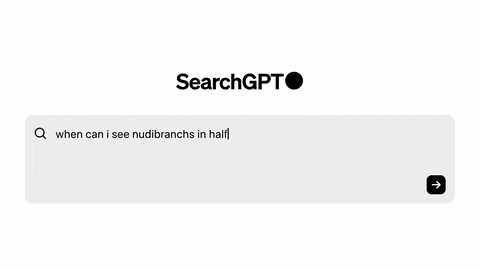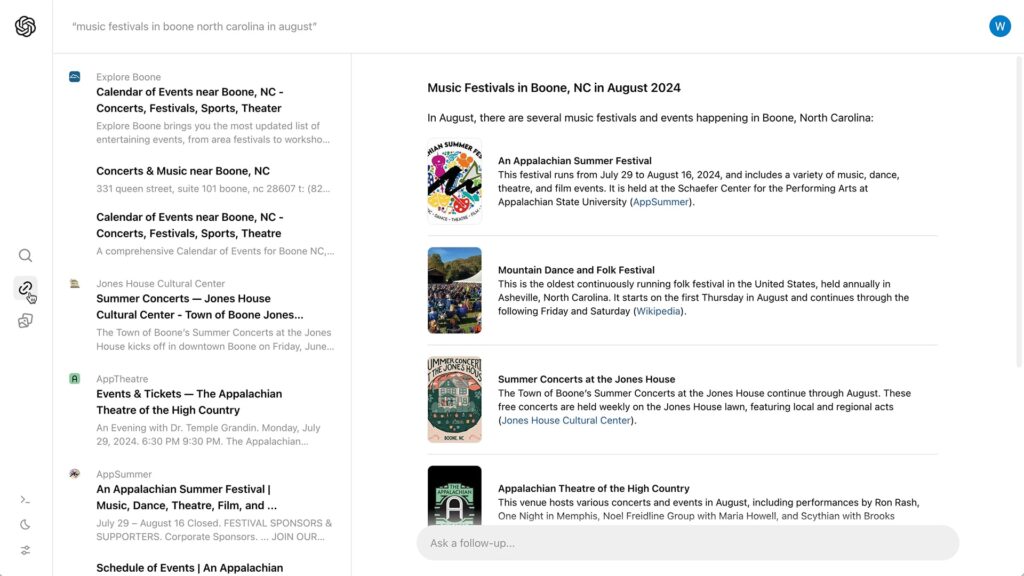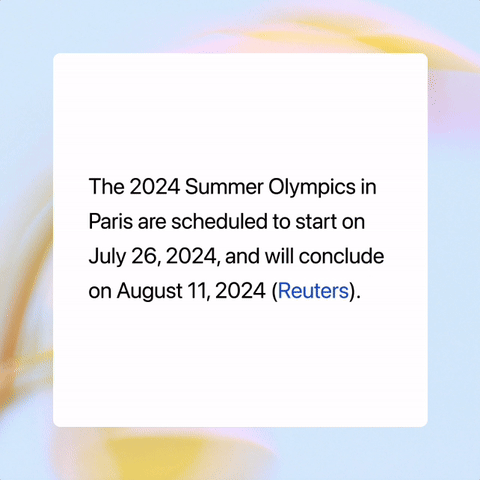To redefine how information is shared online, OpenAI has unveiled SearchGPT, a prototype featuring new search features currently under development.
Announced on July 25, OpenAI said it has opened a waitlist for limited testing. In an interview with The Verge, OpenAI spokesperson Kayla Wood said that SearchGPT’s capabilities are powered by GPT-4, the company’s multimodal large language model (LLM).
SearchGPT’s main interface is reminiscent of existing artificial intelligence search and conversational products like Perplexity. Users are greeted with a prominent input box to enter questions in natural language, receiving structured, summarized answers in return. Unlike most AI chatbots, SearchGPT is particularly suited for keyword-based prompts. Users can input fragmented keywords without concern for grammar or capitalization and still receive relevant answers.

The premise of SearchGPT is to make online searches faster and easier by enhancing AI models’ conversational capabilities with real-time web information. It not only responds to questions with up-to-date web information—a feature already present in newer versions of OpenAI’s GPT models—but also provides clear links to relevant sources. In SearchGPT, related links are consolidated in a list accessible via a button on the left sidebar and included in the search results. Another button on the sidebar is intended for “visual answers,” although details about this feature remain undisclosed.


Leveraging contextual memory, users can ask follow-up questions as if in a conversation. Wood told The Verge that the company is collaborating with third-party partners, directly using their content to construct search results. The goal is to integrate the best features of SearchGPT directly into ChatGPT.
She added that approximately 10,000 testing slots will be available initially, with registration for the waitlist already underway.
From the official demo, it’s clear that OpenAI is partnering not with search engines or browsers, but with news organizations, publishers, and content creators. This positions OpenAI’s search product to compete directly with search giants like Google as well as newcomers like Perplexity.
But Google isn’t sitting still while OpenAI makes its advances. Anticipating the integration of generative AI with search early on, Google started rolling out “AI Overviews” in May this year, which uses AI to summarize search results into short paragraphs. Public reception has been mixed, with the feature sometimes delivering bizarre responses.
